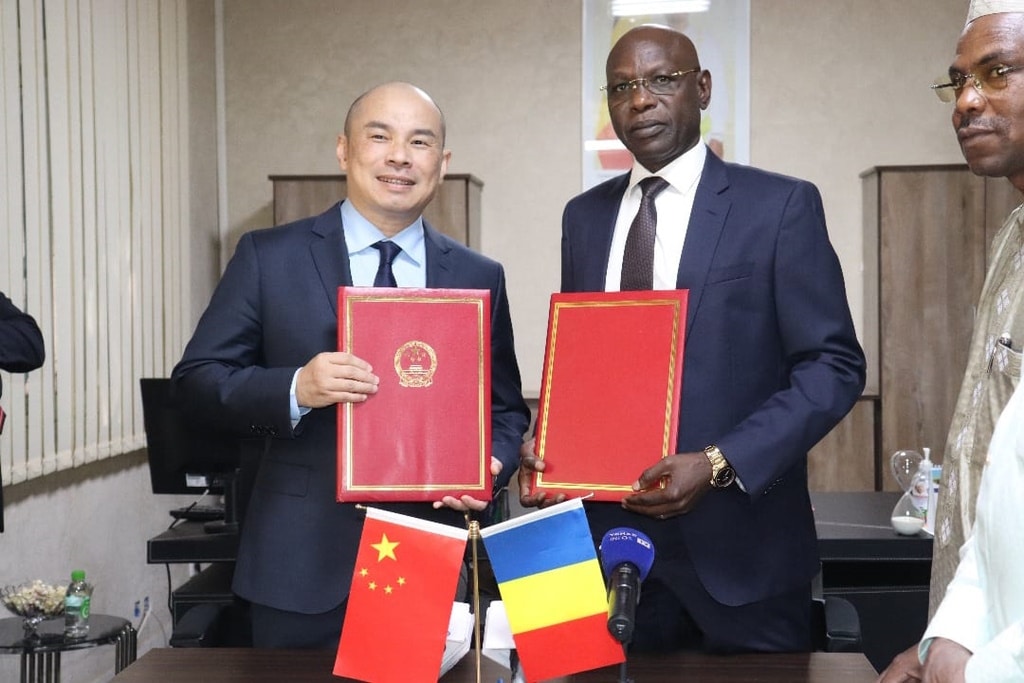The grant of 27 billion CFA francs (more than 38 million euros) was awarded on 16 November 2023 by the ambassador of the People’s Republic of China in N’Djamena, Wang Xining. The government of Chad will use the grant to finance the construction of drinking water supply and sanitation facilities in the provinces of Salamat and Mandoul, in the south-east and south of the country respectively.
According to the Chadian Ministry of Water and Sanitation, these facilities will essentially consist of boreholes equipped with human-powered pumps, a drinking water plant, beacons to guide livestock to water points, and public toilets. “The completion of this project will give thousands of Chadians a better quality of life,” says Wang Xining, China’s ambassador to Chad. According to the African Development Bank (AfDB), by 2021, the rate of access to drinking water in Chad will barely reach 53%. As for sanitation, the latest AfDB report (2017) indicates an access rate of 30%.
The remainder of the budget will be used to finance a study of water resources in the Nubian Sandstone area in the north-east of the country. The aquifer system, which extends over 2,000,000 km², also covers the territories of eastern Libya, Egypt and northern Sudan. “The total quantity of water stored in the Nubian Sandstone aquifer system is estimated at around 540,000 km3, but the total exploitable quantity is estimated at just 15,340 km3, or less than 3% of the stored water. All the countries (Egypt, Libya, Sudan) are already exploiting the water stored in this aquifer system, except Chad”, says the Chadian Ministry of Water and Sanitation.
Read Also – CHAD: €7.6 million from the GEF for drinking water supply and sanitation
In addition to improving drinking water supplies and sanitation in Chad, exploiting the Nubian Sandstone will help the country to cope with drought. “Over the last few decades, the scarcity of rainfall has led to soil degradation, reducing agricultural and fisheries production, and the continuous drying up of Lake Chad, from 25,000 km2 in 1960 to less than 2,500 km2 today”, adds the Chadian Ministry of Water and Sanitation.
Inès Magoum
